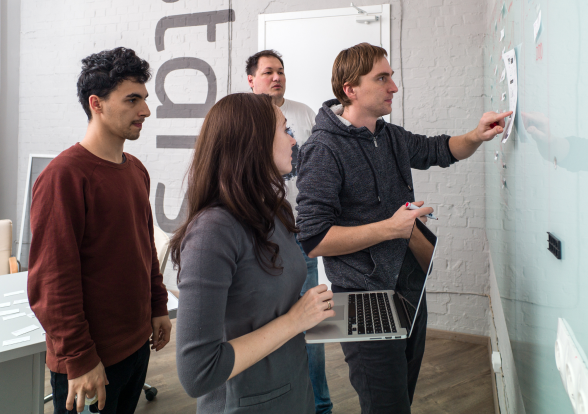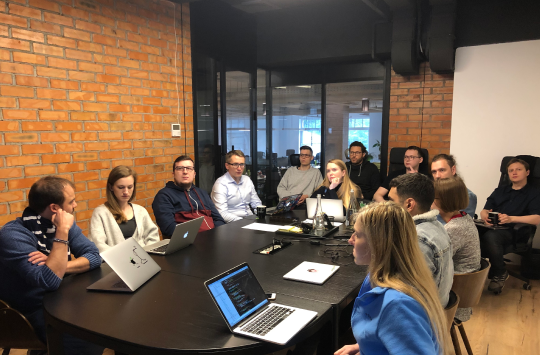Web development approaches
Django Stars
Processes



project information


estimates

and estimates


start the development
process



prototyping

approve the structure

prototype to validate UI
solutions

prototype


design implementation
We follow DevOps as a set of development and cultural practices to get the most from working and communication processes.
DevOps is well-complemented with Agile since it expands and complements the processes of continuous integration and product release, ensuring the code quality and value. The culture of DevOps helps us to optimize resources, speed up the delivery and solve the problems as a team to get the best results.
We use DevOps development practices to achieve four main goals:
- Shorten development lifecycle
- Ensure the highest product quality
- Stick close to product business objectives
- Carry out a constant application monitoring
- Errors monitoring
- Analytics and metrics tracking
- Technical and business consulting
- Updates and changes Implementation


- Analytics
- Technical and business consulting
- Changes implementation


